MY HERO Human Rights Multimedia Resources
Recommended for Middle and High School Students. Bring classrooms to life with MY HERO's multimedia resources to use with students.
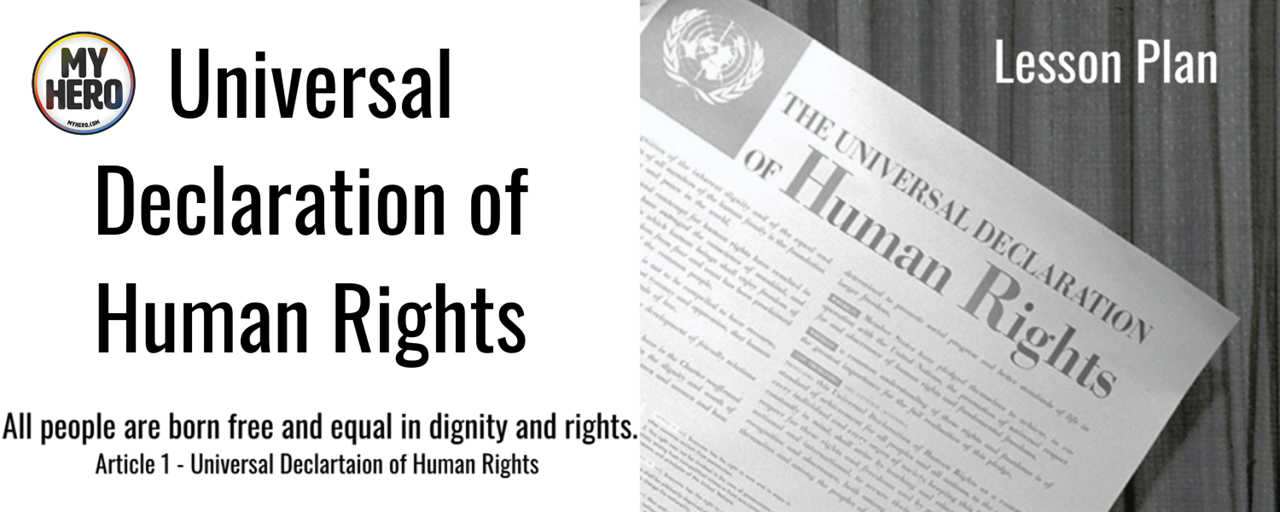
What Are Human Rights?
According to the UN Universal Declaration of Human Rights, these are fundamental rights of all people that must be protected. Everyone is entitled to these rights, regardless of race, color, religion, sex, language, political or other opinions, national or social origin, property, birth or other status.
Learn more about the Universal Declaration of Human Rights: Curated stories, short films and artwork examples for the articles of the Universal Declaration of Human Rights.
Everyone Should Have the Right to Education - Access to education varies greatly depending on factors like geography, socioeconomic status, gender, and local policies.
Watch the following short films to learn about the obstacles to education some children face.
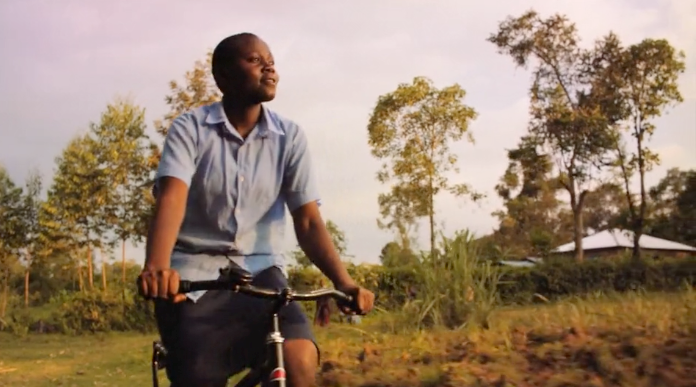
A Way Forward tells the story of how something as simple as two wheels empowered these incredible young women to pursue their own dreams.
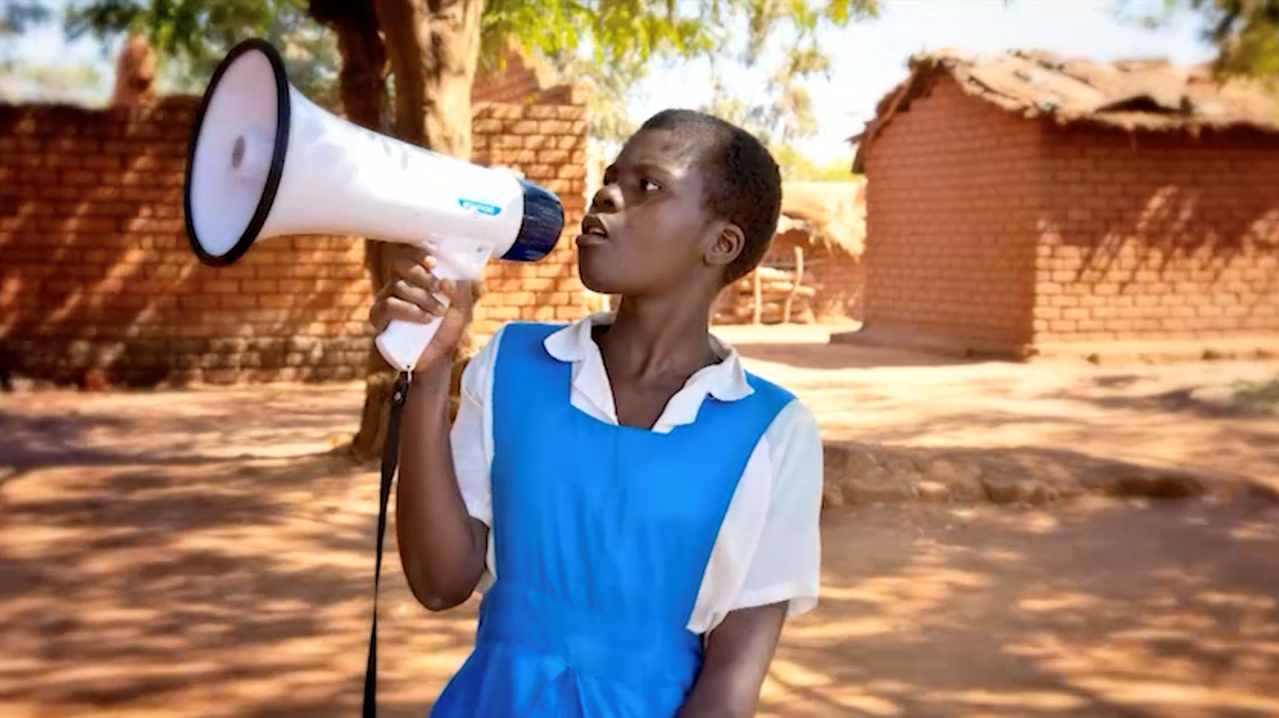
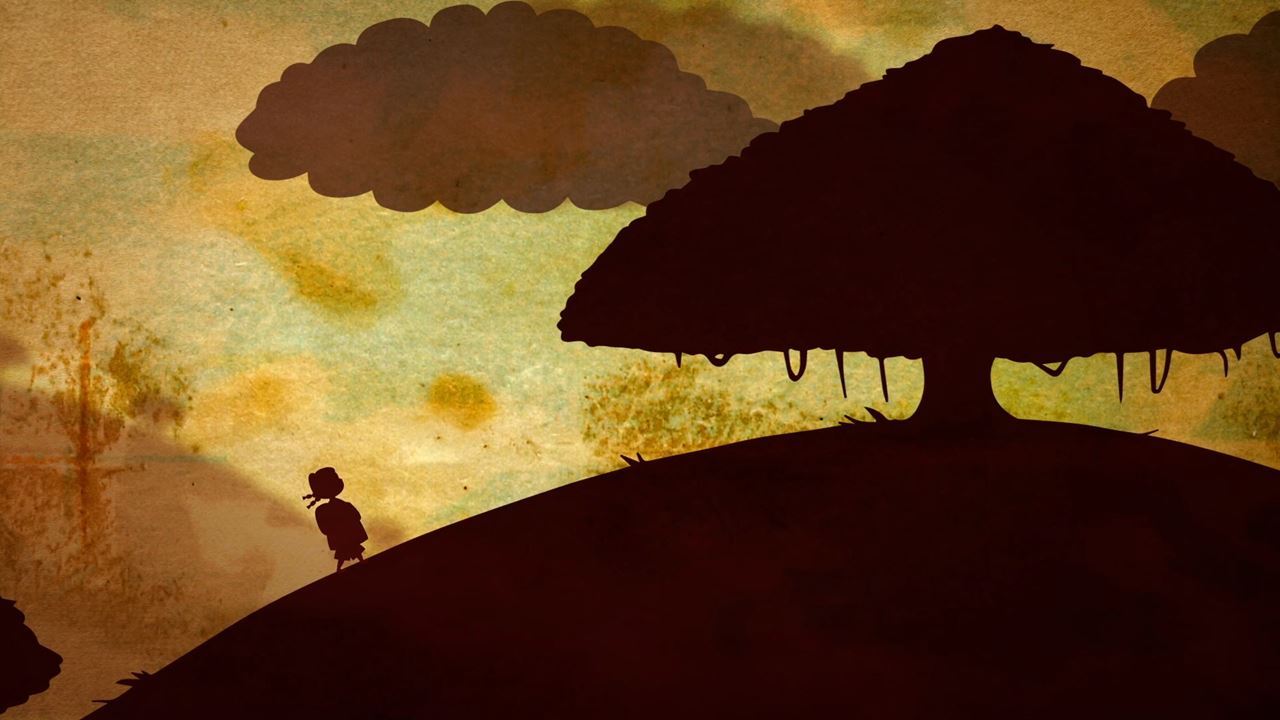
In India, Educate Girls works to make education accessible to girls, mobilizing communities to help girls achieve their full potential.
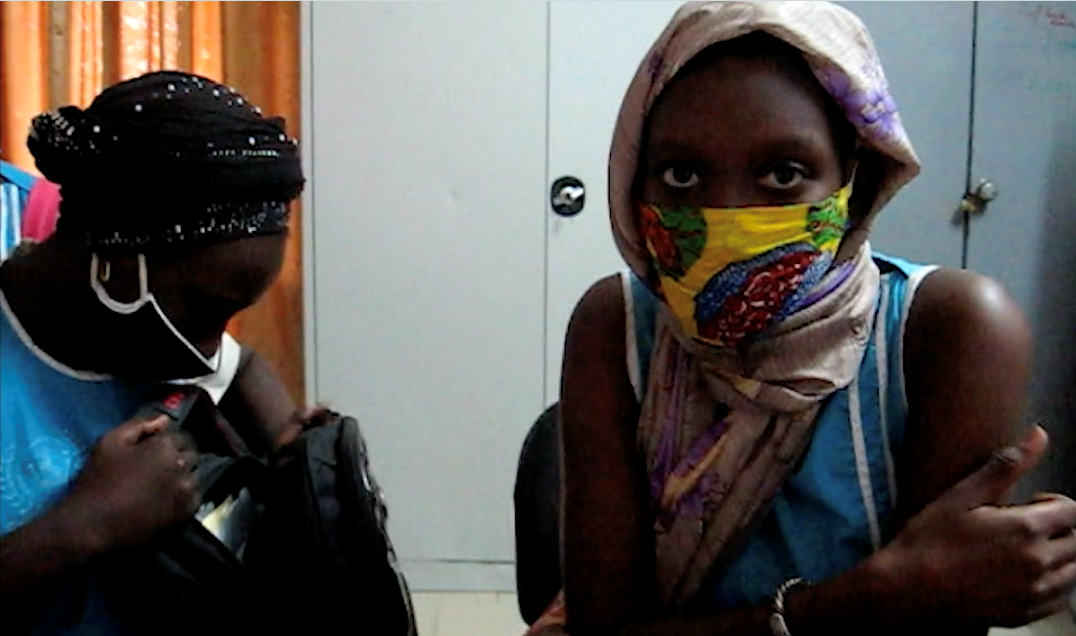
A film about Oumy, a junior high student from Dakar, Senegal. Oumy speaks about her pursuit of education and the hardships that women in her country face.
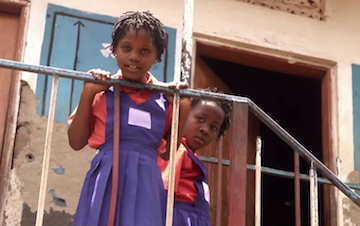
Trinity is a short documentary film about a struggling Ugandan primary school located in the center of a suburban Kampala slum.
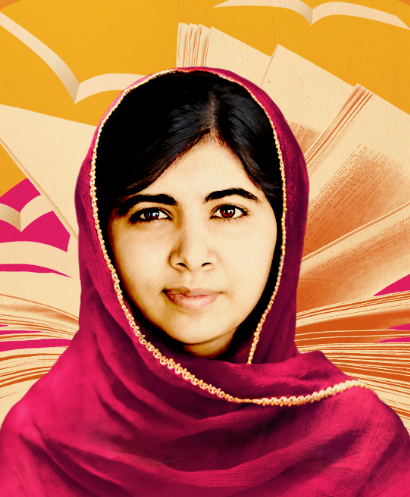
HE NAMED ME MALALA is a portrait of Nobel Peace Prize Laureate Malala Yousafzai.
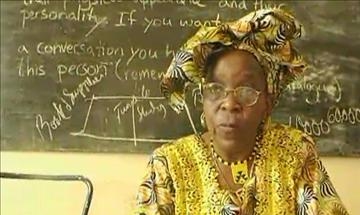
Viola Vaughn runs "10,000 Girls," a project in Senegal, Africa, to help girls with education and vocational training.
What are the challenges girls in some countries encounter when seeking access to education?
What are obstacles do children face that makes it difficult to receive an education?
How do the lives of children change if they have the opportunity to go to school and receive an education?
No one shall be held in slavery or servitude; slavery and the slave trade shall be prohibited in all their forms.
Students read the stories and analyze the art about Iqbal Masih, a child from Pakistan who was sold into slavery by his father when he was 4 and escaped slavery at the age of 10. He began speaking internationally and was awarded the Reebok Human Rights Youth Award when he was 12 years old.
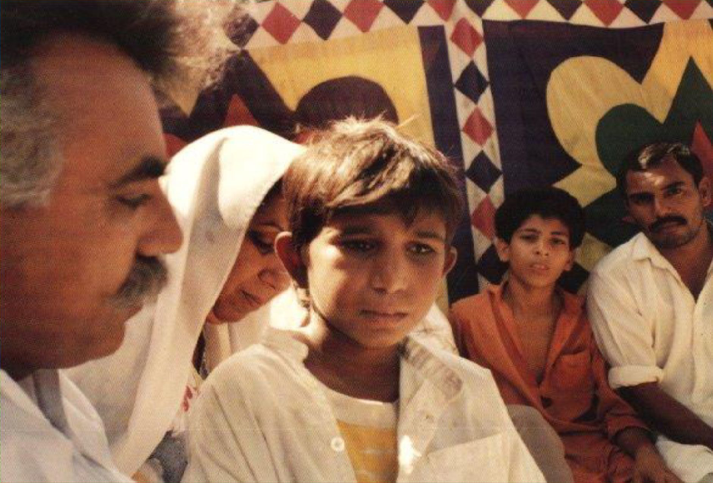
Iqbal Masih was a child laborer in Pakistan, his parents forced him to work at age 4 to pay off their debts. He escaped by age 10 and became an activist.
Use the multimedia resource showcase link to learn more about John Lewis who dedicated his life to advancing human rights and civil liberties.
Use the multimedia showcase link below to learn more about Nelson Mandela, South African anti-apartheid revolutionary and human rights activist who served as President of South Africa from 1994 to 1999.
Learn About Human Rights Through a Hero Film
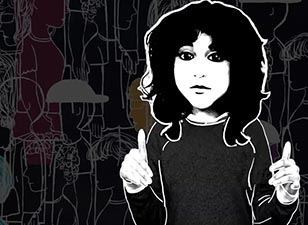
I am a #youngworker combines worker experience and research data into a powerful and artistic animated story.
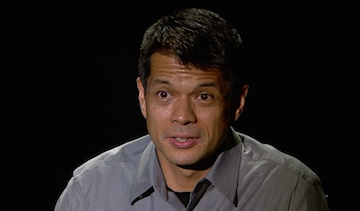
Defying death in South Sudan. Featuring Humanitarian Hero Award Winner Ken Payumo. [Includes some violence and may not be appropriate for younger students.]
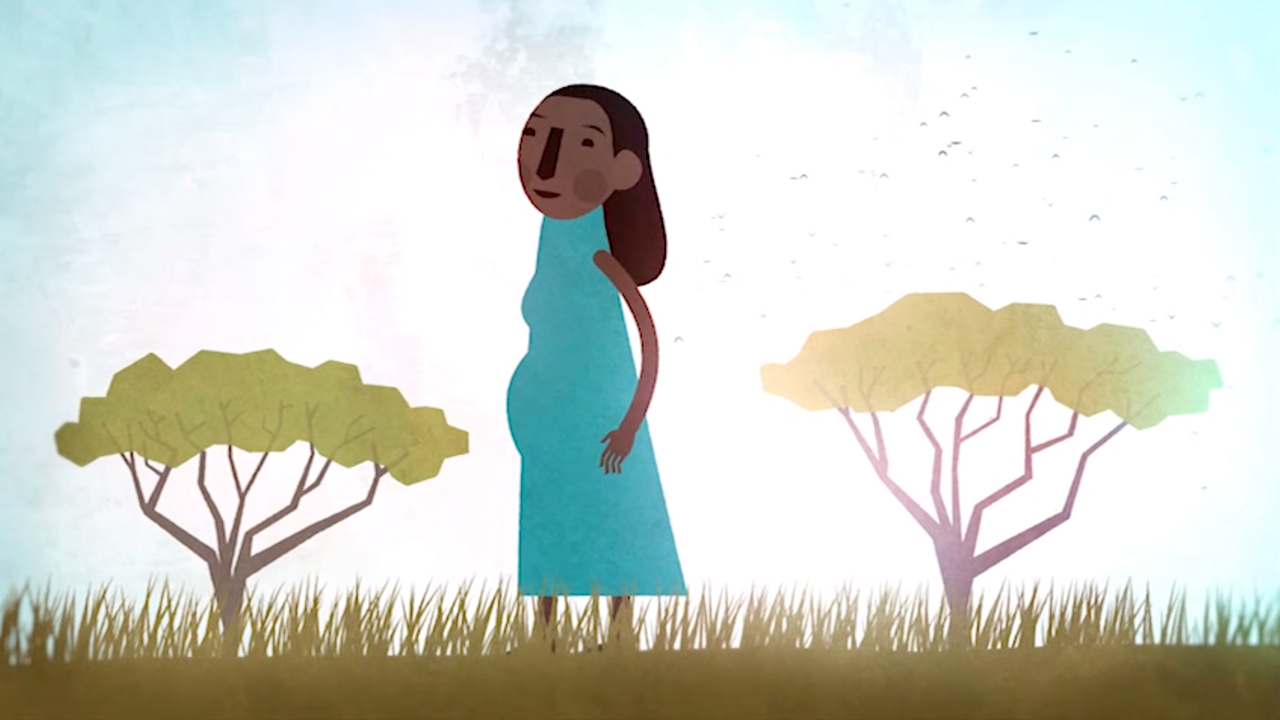
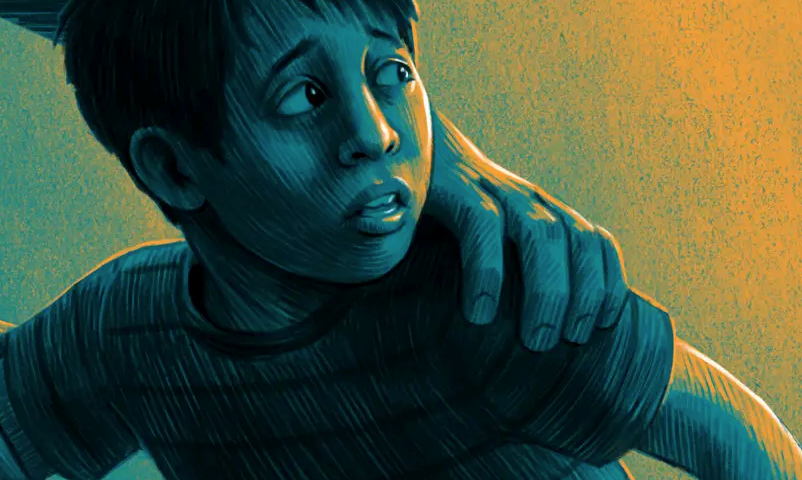
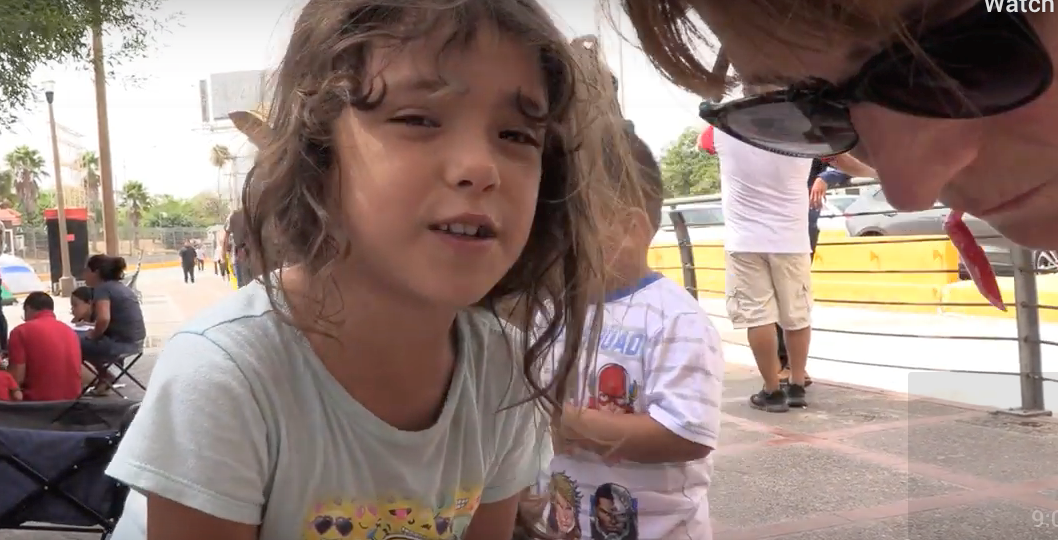
1. Why are Human Rights important?
2. Who are the heroes in these films, and what makes them heroic?
3. How can filmmaking be a form of activism?
4. Which of these films impacted you most personally? Why?
Learn About Human Rights Through Hero Stories
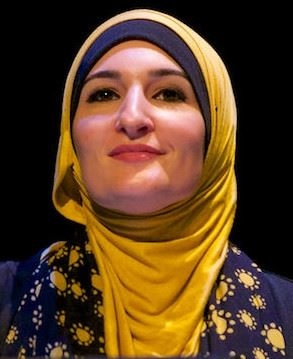
Linda Sarsour
Linda Sarsour, from New York, has been involved in organizational efforts Black Lives Matter, and spoke out against the Muslim travel ban.

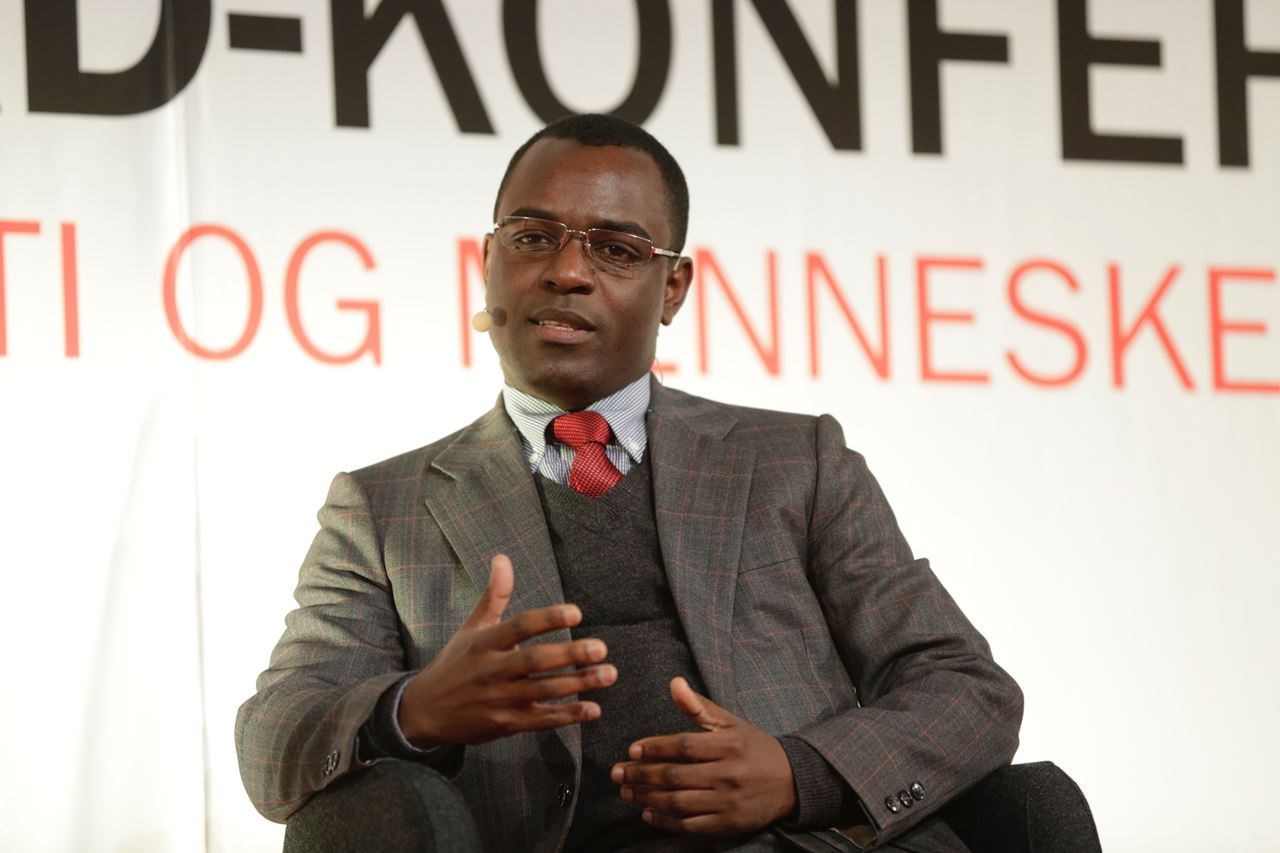
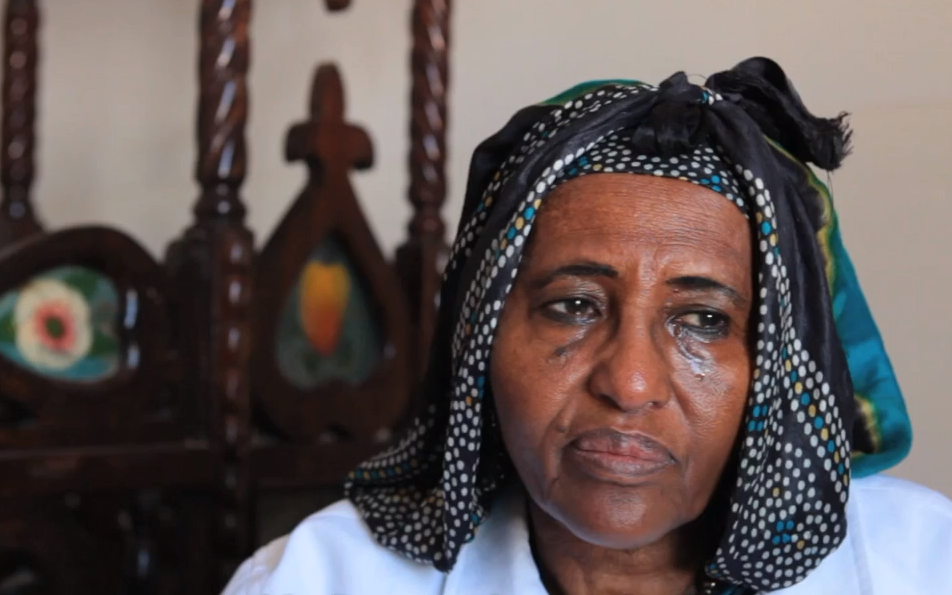
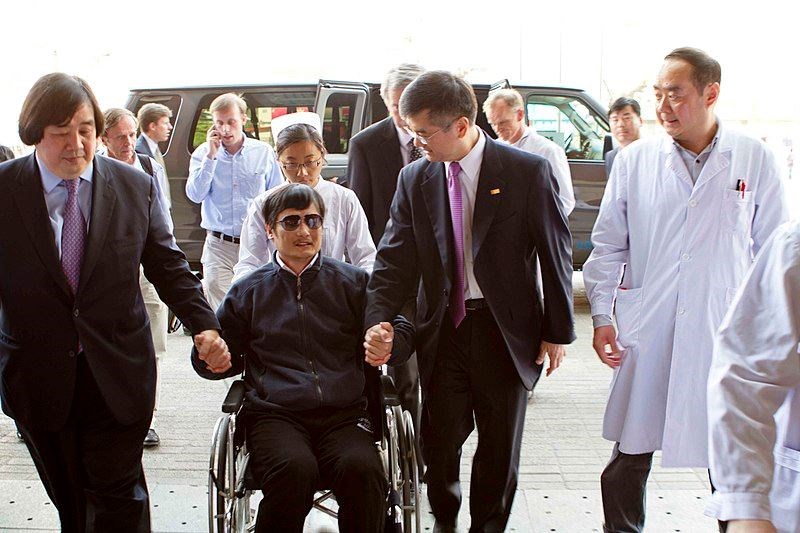
Listen and Read Along Story with Text and Audio
Story Discussion Questions and Activities
1. Each of these stories highlighted a human rights activist hero. Research current global human rights issues.
2. What is a human rights cause you believe in? Who is making a positive difference?
3. What can you do? Create an action plan and get others involved.
Learn About Human Rights Through Art
Art Activist Tom Block began the Human Rights Painting Project in 2002 to raise awareness of human rights issues around the world, as well as to support the work of Amnesty International. Among the vital group's goals are ensuring fair, prompt trials for political prisoners; abolishing torture and other ill treatment of incarcerated persons; and ending political killings and "disappearances." The Project also seeks freedom for all "prisoners of conscience" — people who have been detained for their political, religious or other beliefs or their national or ethnic origin, color, sex or other status.
1. How does Tom Block get the viewer to be sympathetic to his human rights subjects?
2. What kinds of stylistic qualities does Block employ to draw the viewer in?
3. What is an art activist? How does this kind of artist differ from other less politically or socially motivated artists?
4. What other kinds of artworks successfully raise our consciousness for causes? Photographs? Posters? Short animated films?
5. What issues or causes are important to you? Create an original piece of activist artwork to submit to the MY HERO Gallery.
For Additional Resources and Lesson Plans, Go to the MY HERO Lesson Plan Center
From the UN official website: Learn about the women who helped shape the Universal Declaration of Human Rights
Illustrated Version of the UN Declaration of Human Rights
This illustrated edition of the Universal Declaration of Human Rights (UDHR) is published by the United Nations in Arabic, Chinese, English, French, Russian, and Spanish.
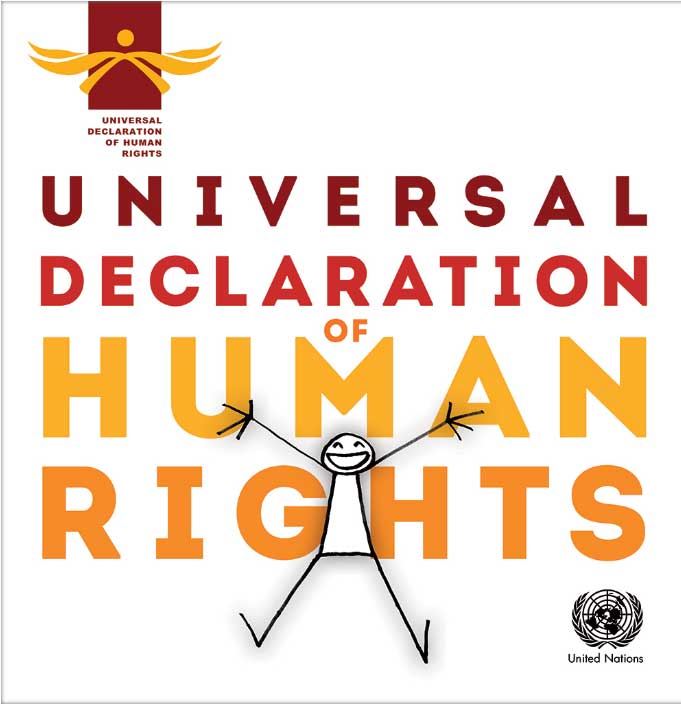
External Resource Links
MY HERO Calendars for use in the Classroom
MY HERO's Teachers Calendar Features Lesson Plans and Multimedia Resources
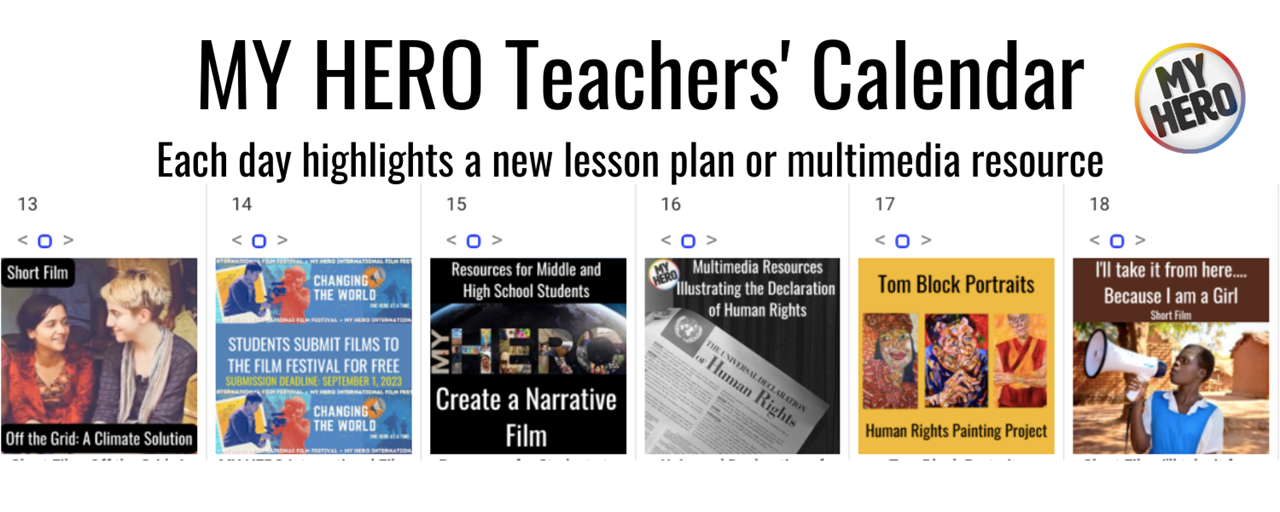
Students can share their Hero Essays, Films and Art through our Create Program
Organizer created on 3/26/2020 2:58:38 PM by Laura Nietzer
Last edited 9/9/2024 12:26:17 PM by Laura Nietzer